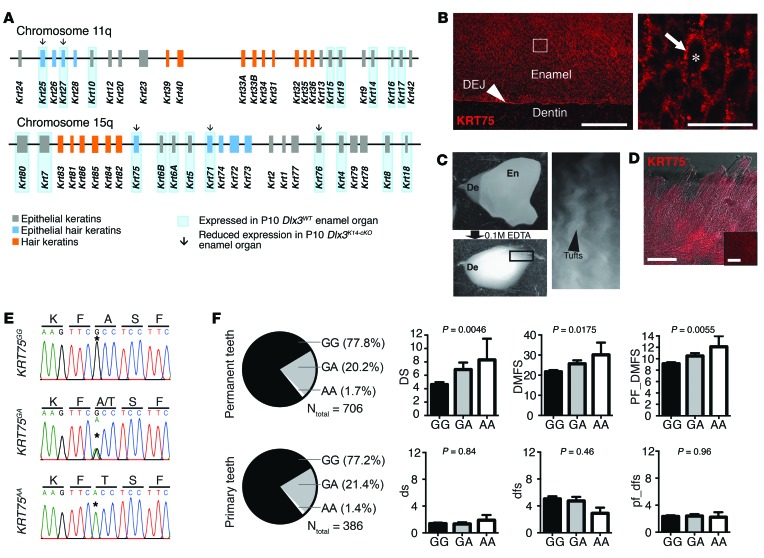Figure 1. Epithelial hair keratins in enamel and association of polymorphism in KRT75 with increased susceptibility to caries in humans.
(A) Diagram representing the 2 keratin clusters on chromosomes 11q and 15q and highlighting the keratins expressed in mouse enamel organ and those that are downregulated in Dlx3K14-cKO mice at P10 (RNA-seq). (B) Detection of KRT75 on polished and etched section of mature human tooth showing the dentin-enamel junction (DEJ) and cross sections of enamel rods. Magnification on the right shows enamel rods (asterisk) and interrods (arrow). Scale bars: 100 μm (left); 20 μm (right).(C) Isolation of organic material (enamel tufts and rod sheaths) from human enamel (En) after demineralization. Enamel tufts are visualized at the surface of the dentin (De). (D) Detection of KRT75 in isolated organic material. Scale bars: 100 μm; 20 μm (inset). (E) Sequencing of the human KRT75 gene harboring a missense polymorphism (rs2232387, asterisks). Three genotypes are shown: KRT75GG, KRT75GA, and KRT75AA. (F) Genetic association between the rs2232387 polymorphism and caries experience in primary and permanent dentition. Pie charts show allelic distribution of the rs2232387 polymorphism measured on 706 adults and 386 children. Graphs show measure of caries experience for each genotype: left, number of tooth surfaces with untreated decay (DS and ds); center, number of decayed, missing due to decay, and filled surfaces (DMFS and dfs); right, partial DMFS and dfs indices limited to the molars and premolars pit and fissure (PF and pf) surfaces.

